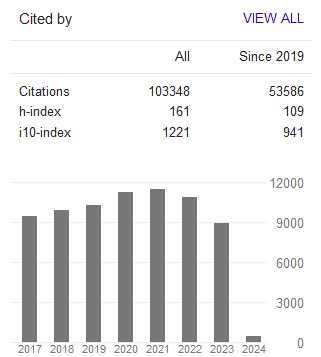Critical Dimensions of Disaster Recovery Planning
- Leong Lai Hoong
- Govindan Marthandan
Abstract
Disaster Recovery Planning (DRP) emerged in the 1970s, during the era of electronic data processing when mainframe systems were used to crunch data and provide reports for business analysis. The importance of DRP is undeniable especially after the 911 terrorism attack and many natural disasters experienced by many countries; much effort has then poured in to maintain a set of workable DRP. However, though high investment is allocated for information technology and DRP, there are still IT service outages interrupted the business, crippled the operations and impacted the overall organization long term strategic plan. Questions arose on why DRP couldnot ensure an uninterrupted IT service environment. This paper aims to study the critical dimensions impacting the development and maintenance of DRP process, specifically to understand the dimensions that contribute to asuccessful DRP that aims to minimize the impacts of IT service outages. This study used a theoretical model, technology-organization-environment framework (TOE) to explore the adoption of DRP process in financial institutions in Malaysia. Following IT service management concept, individual components that comprise oftrading partner readiness, staff competency, roles and responsibilities were included in the study. This study evidenced that 8 dimensions were critical for the implementation of DRP, in which 2 of 3 individual componentsbeing studied were part of the lists. These 8 dimensions could be used as guidance for future successful DRP roll out and its ongoing maintenance activities; with the ultimate objective to minimize outage duration of ITservices that support critical business.- Full Text:
 PDF
PDF
- DOI:10.5539/ijbm.v9n12p145
Journal Metrics
Google-based Impact Factor (2023): 0.86
h-index(2023): 152
i10-index(2023): 1168

Index
- Academic Journals Database
- AIDEA list (Italian Academy of Business Administration)
- ANVUR (Italian National Agency for the Evaluation of Universities and Research Institutes)
- Berkeley Library
- CNKI Scholar
- COPAC
- EBSCOhost
- Electronic Journals Library
- Elektronische Zeitschriftenbibliothek (EZB)
- EuroPub Database
- Excellence in Research for Australia (ERA)
- Genamics JournalSeek
- GETIT@YALE (Yale University Library)
- IBZ Online
- JournalTOCs
- Library and Archives Canada
- LOCKSS
- MIAR
- National Library of Australia
- Norwegian Centre for Research Data (NSD)
- PKP Open Archives Harvester
- Publons
- Qualis/CAPES
- RePEc
- ROAD
- Scilit
- SHERPA/RoMEO
- Standard Periodical Directory
- Universe Digital Library
- UoS Library
- WorldCat
- ZBW-German National Library of Economics
Contact
- Stephen LeeEditorial Assistant
- ijbm@ccsenet.org
